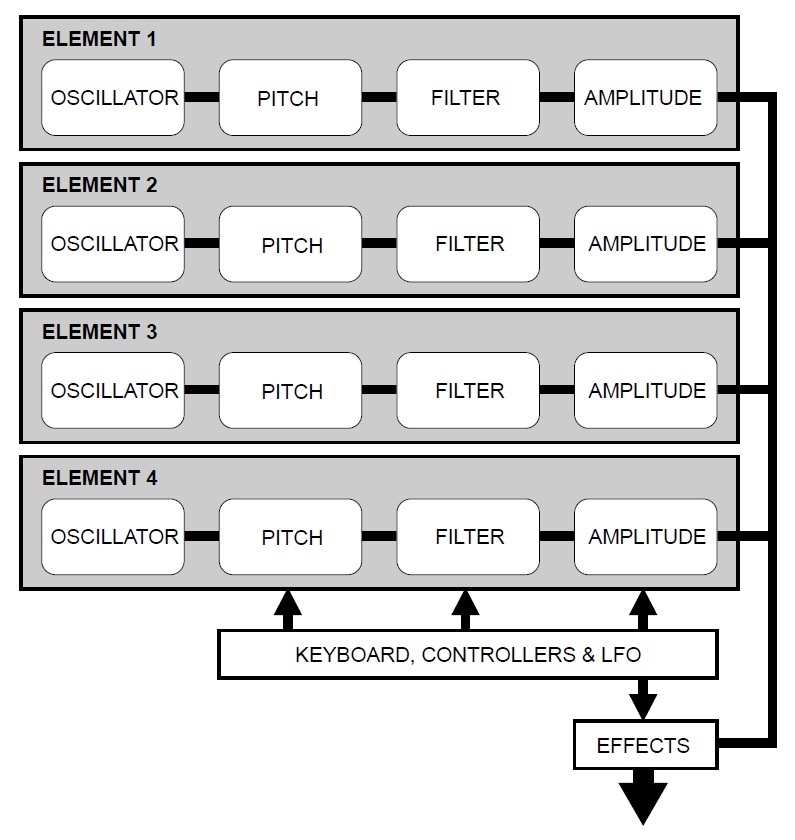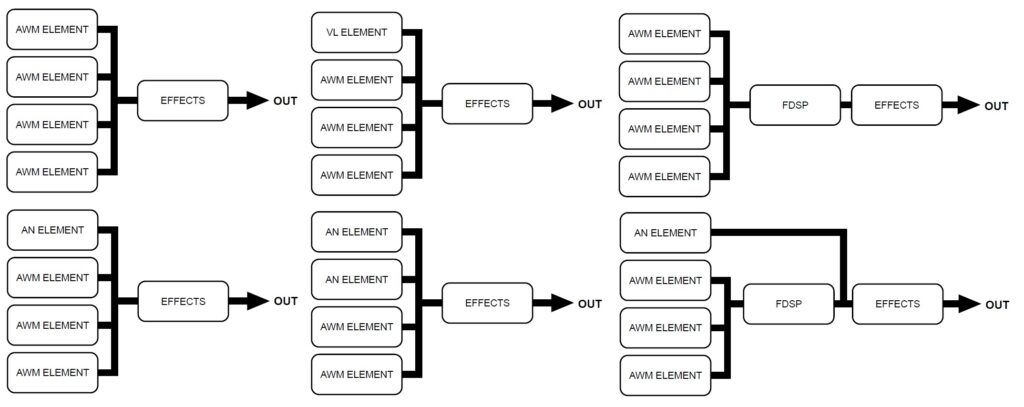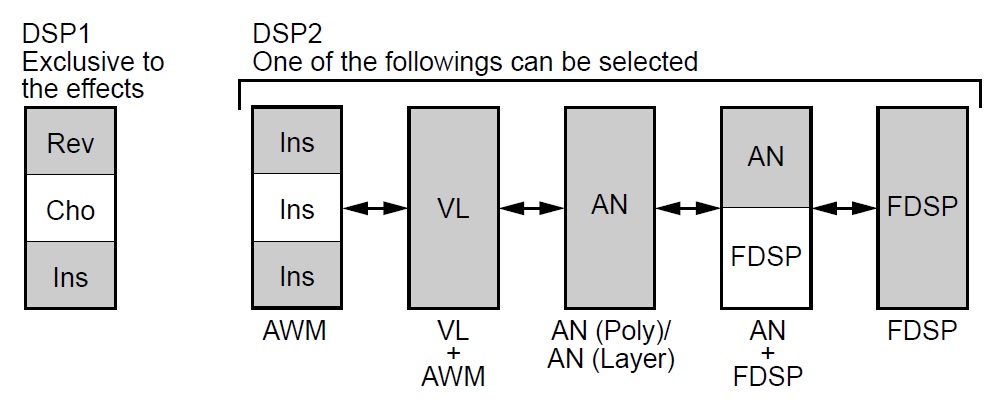Forum folks are picking over the Yamaha Montage M leak photos, so no need to duplicate that here! Wish we spent as much attention on world peace. 🙂
Many comments — my own included — are reading personal hopes and dreams into the new boxen. My own special hope is a decent keybed action for piano practice. I’m seriously looking for a practice digital piano in order to work out arrangements and get ready for Sundays when I need to sit down at the Petrof acoustic grand. That’s why my own guess of “X” for “escapement” is an act of wishful thinking. Dare I hope for Virtual Resonance Modeling?
The time period between leak and reality is much like football preseason. Right now, it’s the perfect season. Your team looks pretty good, no major injuries, and “Superbowl here we come!” Then, like a perennial Browns fan, your hope is slowly extinguished week by week. [Well, that was bleak.]
When I saw Yamaha’s parting gift — the character pianos — I thought, “We’ll be seeing these, again, shortly.” So, I won’t be surprised to find CFX, Bösendorfer, U1 Felt, U1 upright, Nashville C3 and friends in Montage M. Even if the pianos aren’t factory installed, there’s always expansion flash memory. Could I hope for the CK pipe organs? Same answer.
The most striking features in those horribly blurry, low-rez, leak pictures are the textured keys, six new knobs below the main touch screen and a new subdisplay above the bank of eight knobs and eight sliders. The subdisplay is a feature borrowed from Genos. On Genos, it’s called the “Live Control” subdisplay. Instead of fixing internal parameters to TONE, EQ/FX and ARP/Motion FX, the user can assign internal parameters to knob/slider groups and switch between groups in real-time. The subdisplay tracks current parameter values, updates and so forth.
Of course, the big question is “What are the internal engines?” AWM2 and FM-X are givens. Wishes include AN-X and the YC stage tonewheel organ. More engines means more parameters, so that Live Control subdisplay seems like a really good idea™.
The more I contemplate functional details, a larger question arises: “How will Yamaha keep the Montage M, Stage CP and Stage YC in their own lanes?” Yamaha need to make Montage M inviting while keeping the CP and YC specialists special. I think Montage M will follow the Montage line and remain a jack of all trades, integrating multiple engines into motion control, sequencing and studio audio/MIDI channels. Sound designers and players who need a generalist keyboard will still turn to Montage M.
Organists and pianists will turn to Stage YC and Stage CP. The simplified, focused user interfaces have proven successful — little or no menu-diving required. Yamaha have learned a lot after introducing the Stage CPs at January NAMM 2019. [The Stage CP tech is even older; check dates in the manuals.] The Stage YC interface is an improvement on the Stage CP. Hopefully, some of this experience has trickled over to the Montage M.
Which brings me to my concluding question. Even if we see AN-X in Montage M, will we eventually see an AN-X specialist keyboard, a Stage AN? Montage M would need to fit AN-X into its generalist usage model and I don’t think that will satisfy analog purists/players. [How ’bout alternate MPE control, too?] I think there is an open lane for a control-studded Stage AN specialist.
Copyright © 2023 Paul J. Drongowski



